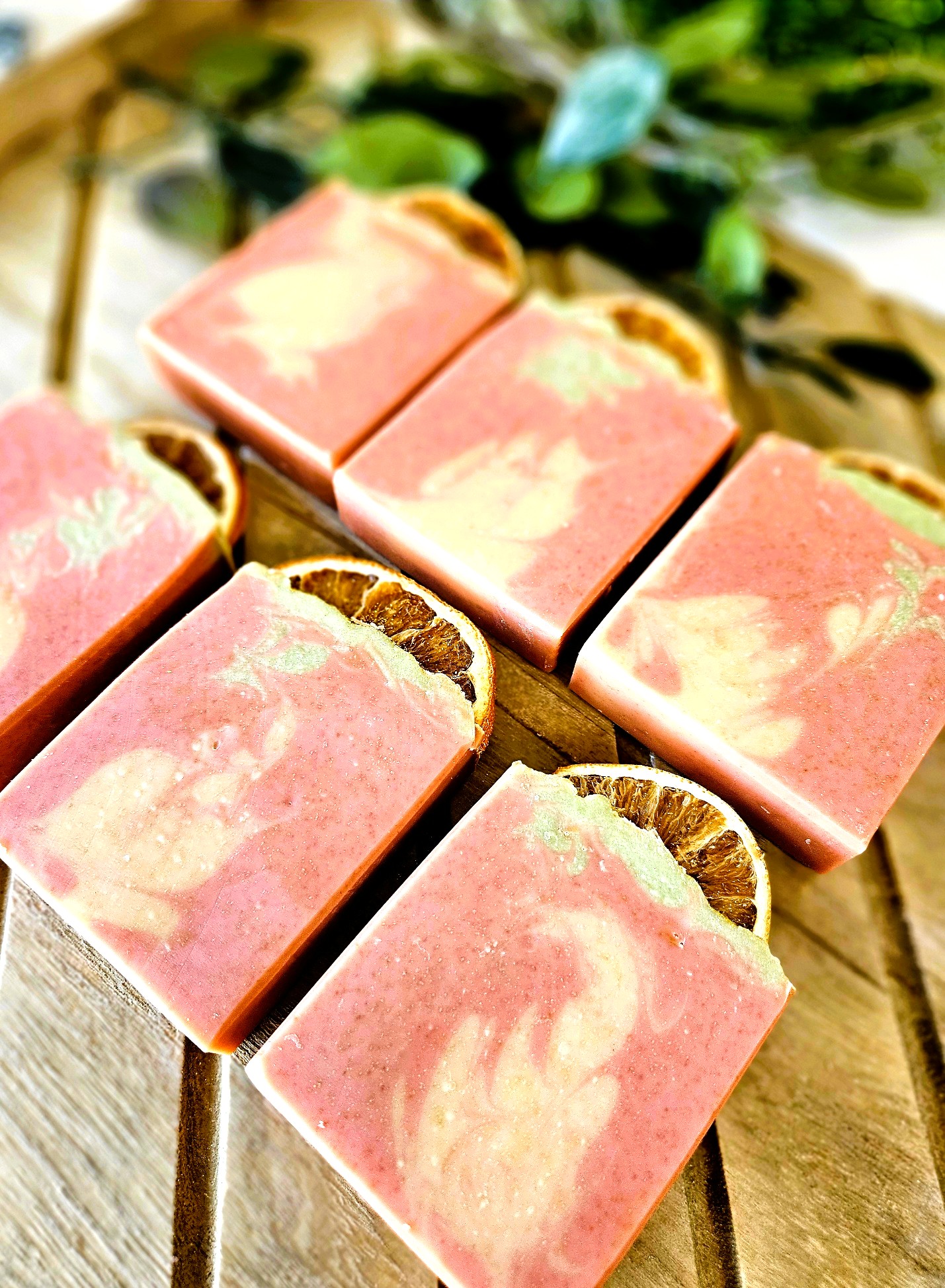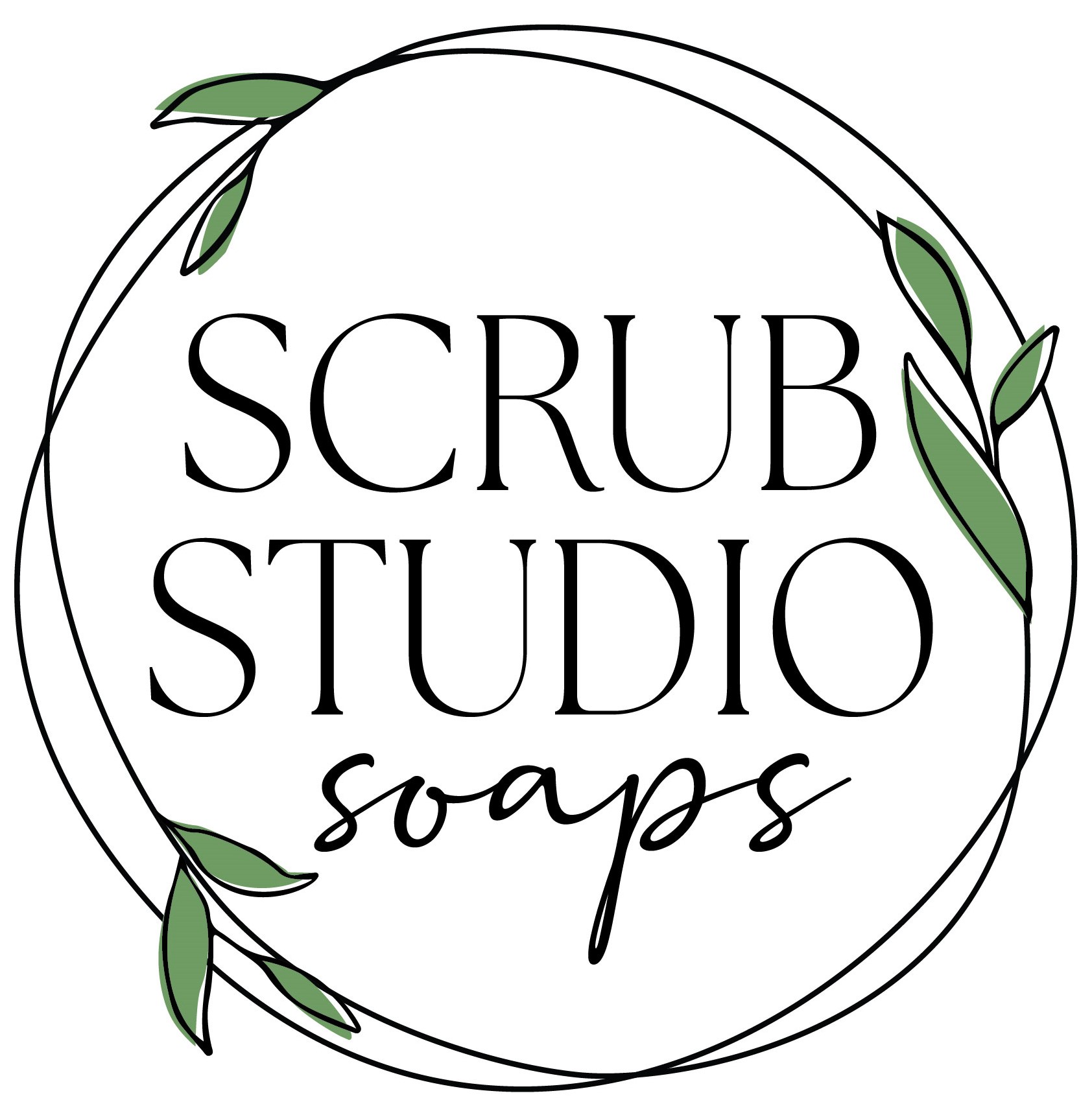
The Basics of Cold Processed Soap Making
Soap making is an age-old craft that has been passed down through generations, evolving and adapting to various techniques and ingredients. One popular method of soap making is the cold process, which allows for creativity and customization while producing high-quality bars of soap. In this blog post, I will list the basics of cold processed soap making, exploring its steps, ingredients, and benefits.
In a basic description, cold process soap making is a method that involves mixing oils and fats with a lye solution to create a chemical reaction known as saponification. This reaction results in the formation of soap and glycerin. Cold process soap making relies on the natural curing of the soap over time.
- Typical and Required Ingredients:
Oils & Fats. The exciting part of this method, is choosing specific types of oils and fats used based on preference and the impact of the final product. Common oils include olive oil, coconut oil, palm oil, and castor oil, each contributing unique properties such as lather, hardness, and moisturizing capabilities. Here at Scrub Studios, we opt to replace palm oil for environmental concerns.
Lye. Lye, also known as sodium hydroxide, is a critical component in soap making as it reacts with oils to form soap. It’s essential to handle lye with care, wearing protective gear and following safety precautions.
Water. Water is used to dissolve the lye and create the lye solution necessary for saponification.
Additives. Various additives such as colorants, herbs, spices, and colorants can be incorporated into cold process soap to enhance texture, skin benefits, and appearance.
Fragrance. This varies from essential oils to non-toxic fragrances.
- Steps:
Safety Precautions. Before beginning the soap making process, ensure you have the necessary safety equipment, including gloves, goggles, and a well-ventilated workspace.
Weighing and Mixing. Measure out the oils and fats according to your recipe and combine them in a heat-resistant container.
In a separate container, carefully mix the lye with water, stirring until fully dissolved.
Mixing the Lye Solution with Oils. Slowly pour the lye solution into the oils while stirring continuously. This process can take several minutes, and the objective is to achieve a thorough mixture viscosity, known as trace.
Adding Additives. This can be added to the base oils, to the lye water, or once trace is achieved.
Pouring and Molding. Pour the soap mixture into molds of your choice, tapping the molds gently to remove any air bubbles. Typically, the soap needs insulation.
Curing. The soap will initially harden in the molds for 24-48 hours, after which it can be removed and cut into bars. The bars should then be placed on a rack in a well-ventilated area to cure for several weeks, allowing excess moisture to evaporate and the soap to harden. Typical is 4-8 weeks based on the recipe.
- Benefits of Cold Processed Soap:
Customization. Cold process soap making offers endless possibilities for customization, allowing soap makers to tailor recipes to their preferences and needs.
High-Quality Ingredients. By using natural oils and additives, cold process soap produces gentle and nourishing bars that are suitable for all skin types.
Artistic Expression. Cold process soap making is not only a practical skill but also an art form, with endless creativity in design, scent, and texture.
As you can see, cold process soap making combines science and creativity to produce high-quality bars of soap. By experimenting with different ingredients and techniques, soap makers can create unique and luxurious soaps that are both functional and beautiful. Whether you’re a beginner or an experienced soap maker, exploring the world of cold process soap making opens up a world of possibilities for self-expression and self-care that changes the way we think about natural products and absorption of toxins through our greatest organ, the skin.
